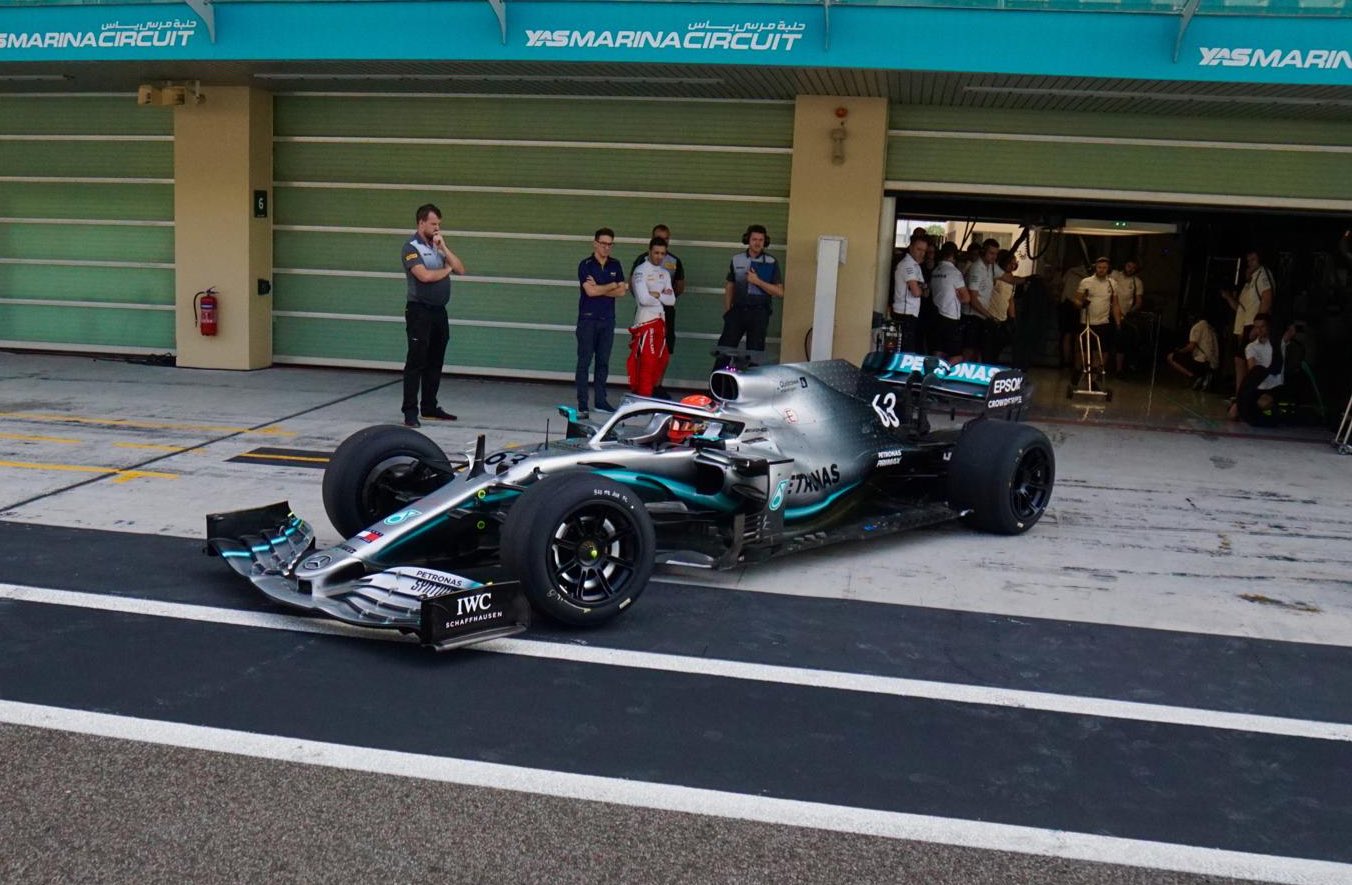Formula 1 teams have unanimously voted to use the 2019-spec Pirelli tyres again for the 2020 season.
This follows strong criticism of the compounds proposed for next year after a first test in Austin and little success in winning over those unhappy during the two-day test at Yas Marina last week.
According to Motorsport Week, the main complaint is that efforts to address overheating while closely following another car have not worked and neither has an attempt to widen the optimum temperature window.
Not only that, the level of grip offered by Pirelli’s proposed 2020 product was reportedly less than this year.
“There are some positives, there are some negatives,” said Haas driver Romain Grosjean.
“If you ask me if I’m very happy with the new tyres and [whether] this is going to solve some of the problems, [such as] thermal degradation and sensitivity to following the other cars, I have to tell the truth and say no it’s not going to change that problem fully.”
Also Read:
The unanimous support from all 10 teams to keep the 2019 tyres is certainly not a positive moment for Pirelli, particularly given as recently as June teams were voting on whether to switch back to the 2018 compounds, though that was rejected.
It may also lead to questions about how they’ll manage with the switch to 18-inch wheels for 2021, although testing on those has already begun with Mercedes completing a two-day test in Abu Dhabi focusing on Monday.
In the statement announcing the teams’ verdict, the FIA said: “After having tested and analysed new specification tyres for 2020, a vote for the specification of the tyres for the 2020 season was carried out according to Article 12.6.1 of the technical regulations.
“The vote resulted in a unanimous decision to keep the 2019 specification tyres for the 2020 season by the Formula 1 teams.
“The FIA would like to thank both Pirelli and all the teams for their work and collaboration to improve the tyres for the 2020 season and beyond. In any case, the lessons leant will be invaluable for the further improvement of the tyres in the future.”


